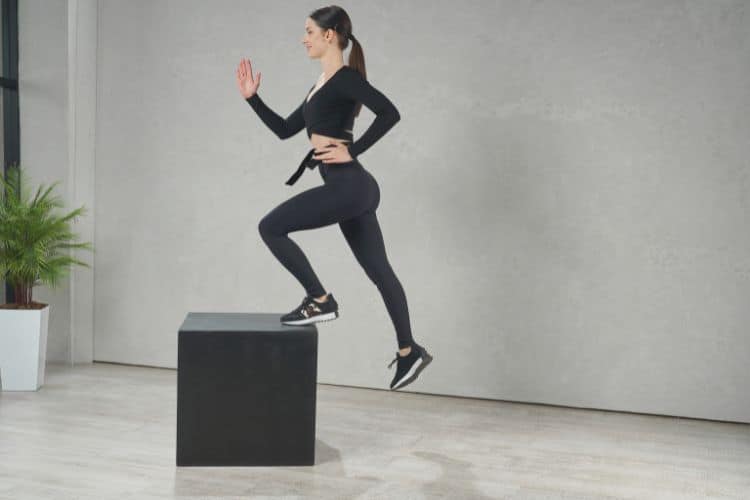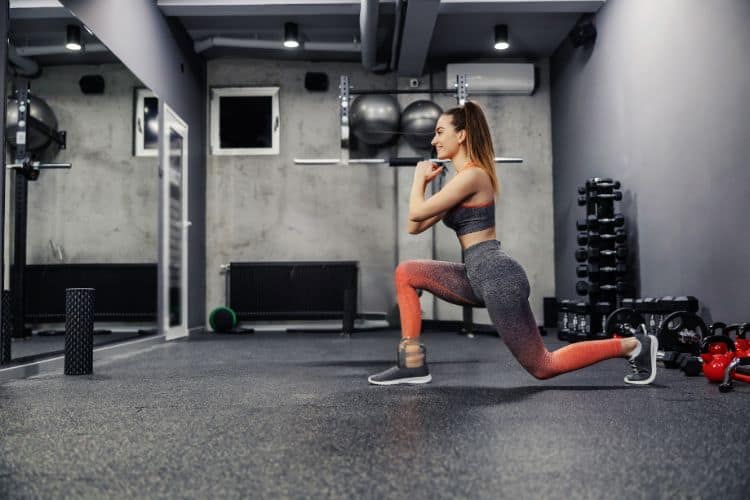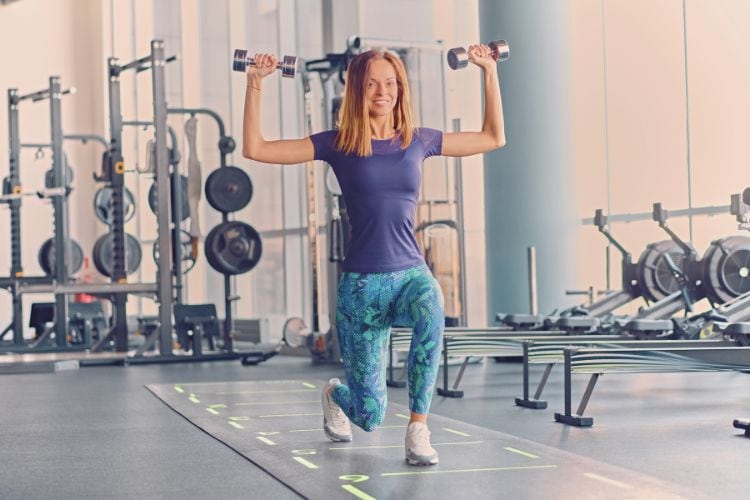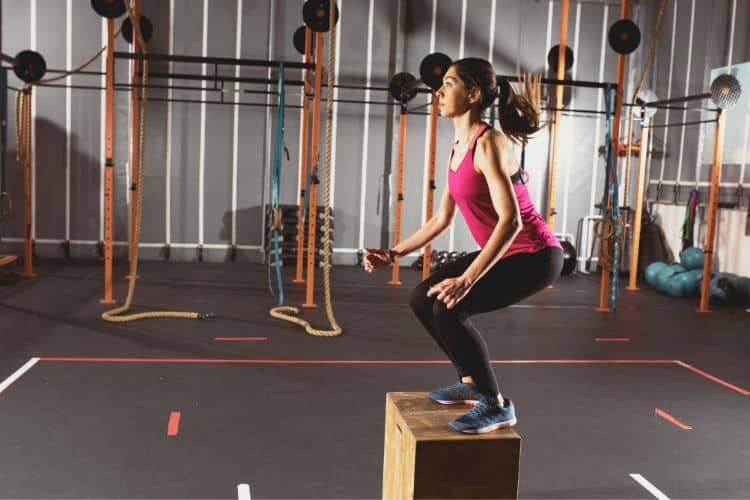Sign up for workout ideas, training advice, reviews of the latest gear and more.






High-Intensity Interval Training (HIIT) has long been celebrated for its effectiveness in burning calories, boosting cardiovascular health, and improving overall fitness levels. However, traditional HIIT workouts often involve high-impact movements like jumping jacks, burpees, or sprints, which can strain the joints and pose challenges for people with certain physical limitations. Enter low-impact HIIT—a modified version of this intense workout style that provides the same benefits without the jarring effects on the body.
Low-impact HIIT focuses on exercises that minimize joint stress while maintaining high intensity. By combining short bursts of activity with rest or active recovery periods, this style of training remains effective and accessible for people of all fitness levels, including beginners, seniors, and those recovering from injuries.
One of the most significant advantages of low-impact HIIT is its gentleness on the joints. Movements are designed to eliminate the jarring effects associated with jumping or heavy landings, making it ideal for individuals with arthritis, knee problems, or other joint-related issues.
Despite being low-impact, these workouts are anything but easy. The high-intensity intervals ensure that your heart rate remains elevated, leading to an effective calorie burn during and after the workout due to the afterburn effect, also known as Excess Post-Exercise Oxygen Consumption (EPOC).
Low-impact HIIT is excellent for boosting heart health. The alternation between high-intensity and recovery periods helps improve your cardiovascular endurance, making your heart stronger and more efficient.
Whether you’re new to fitness, recovering from an injury, or simply looking for a less intense alternative, low-impact HIIT can be tailored to suit your needs. The exercises are scalable and can be adjusted in intensity, duration, and resistance to match your fitness level.
HIIT workouts are known for their efficiency, and the low-impact variation is no exception. A typical session lasts between 20 and 30 minutes, making it perfect for busy individuals who want to maximize their workout time.
Like traditional HIIT, low-impact HIIT focuses on short bursts of high-intensity exercises. These intervals are typically 20 to 40 seconds long, followed by 10 to 20 seconds of rest or low-intensity activity.
Low-impact HIIT routines often incorporate exercises that work multiple muscle groups simultaneously, providing a comprehensive workout in a short amount of time.
Since the emphasis is on low impact, movements are slow and controlled, ensuring proper form and minimizing the risk of injury.
This workout is perfect for those new to HIIT or looking for a gentle yet effective routine.
Warm-Up (3 Minutes):
Circuit (Repeat 3 Times):
Rest (1 Minute): Walk in place or perform light stretches.
Cool Down (2 Minutes):
This routine adds a bit more intensity while remaining joint-friendly.
Warm-Up (4 Minutes):
Circuit (Repeat 3 Times):
Rest (1 Minute): Light jogging in place or dynamic stretching.
Cool Down (3 Minutes):
For those who are more experienced, this workout provides a challenging yet low-impact option.
Warm-Up (5 Minutes):
Circuit (Repeat 4 Times):
Rest (1 Minute): Stretch or walk in place.
Cool Down (4 Minutes):
Proper form is essential in low-impact HIIT to ensure effectiveness and prevent injury. Take your time to learn each movement and perform it correctly.
Incorporate resistance bands, dumbbells, or stability balls to add variety and challenge to your workouts.
Listen to your body and modify the intensity of the exercises based on your fitness level and comfort.
Consistency is key to seeing results. Aim to perform low-impact HIIT workouts 3-4 times a week, complementing them with other forms of exercise like walking or yoga.
Allow your body to recover by including rest days and focusing on post-workout stretches and hydration.
Low-impact HIIT is suitable for a wide range of individuals, including:
Low-impact HIIT is a versatile and effective workout option that bridges the gap between intensity and accessibility. Whether you’re a beginner or a seasoned fitness enthusiast, these workouts provide a joint-friendly way to reap the benefits of HIIT. By focusing on proper form, consistency, and gradual progression, you can achieve your fitness goals while protecting your body from unnecessary strain. So lace up your sneakers, grab a water bottle, and give low-impact HIIT a try—your body will thank you!
Stay up to date on the latest women’s health, fitness and lifestyle trends and tips.